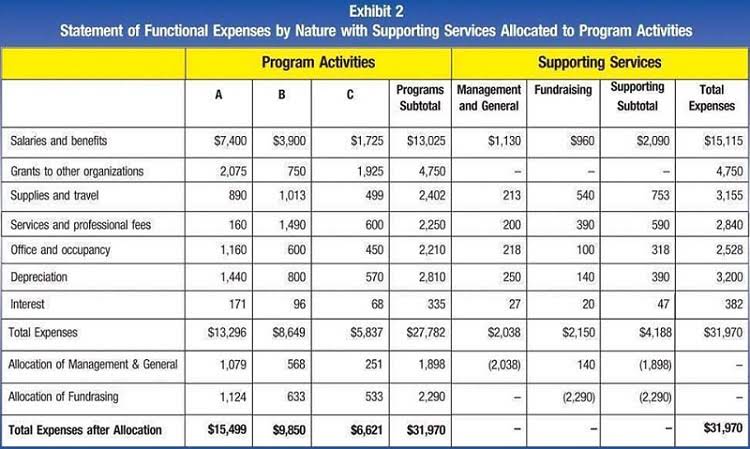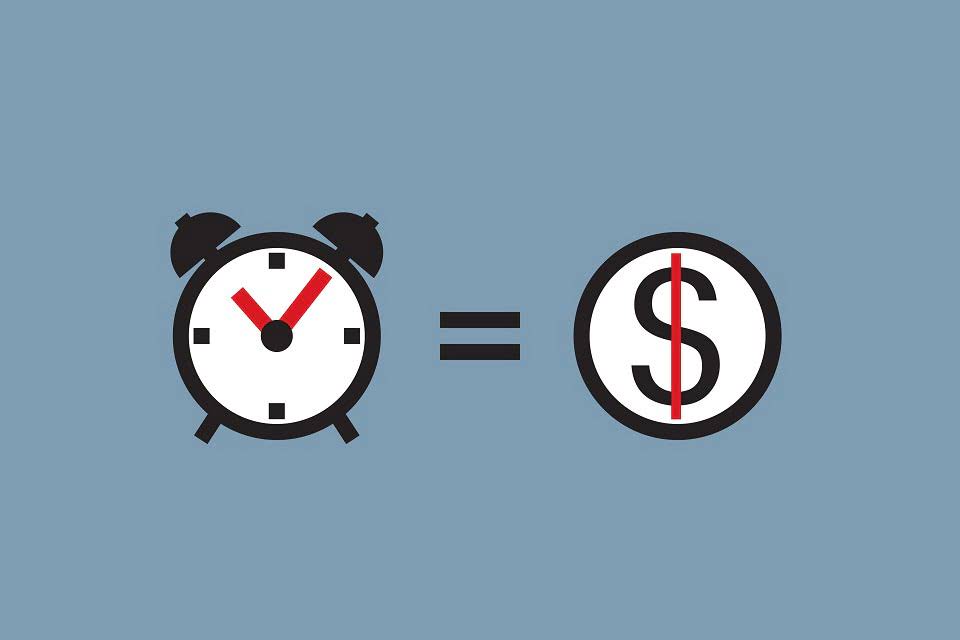Understanding employment taxes Internal Revenue Service

Every amount reported on a T4 slip has a box or ‘code.’ For example, employment income is always reported in box 14. This will help estimate the annual income of the employee for calculation purposes. Select the province or territory of employment, normally where cash flow your business is located or where the employee reports for work.
Employers’ responsibilities for payroll do not include: a. Maintaining individual earnings records..
- While there are two methods for calculating withholding, most businesses use the Wage Bracket Method.
- After an employee reaches this threshold, neither you nor they pay additional Social Security taxes.
- You must begin withholding Additional Medicare tax in the pay period in which you pay wages in excess of $200,000 to an employee and continue to withhold it each pay period until the end of the calendar year.
- Unlike the 6.2 percent Social Security tax and the 1.45 percent Medicare tax, the 0.9 percent surcharge is imposed only on the employee.
- Employees pay payroll taxes just as small businesses do, and most opt to have these taxes withheld from their paychecks in order to be filed by the business or a payroll provider.
- With a more secure, easy-to-use platform and an average Pro experience of 12 years, there’s no beating Taxfyle.
Salaries and wages are generally the bulk of an employee’s regular income. An employee can receive other forms of income, most notably taxable benefits and allowances. Also called employers responsibilities for payroll do not include employment taxes, payroll taxes are withheld from an employee’s paycheck by the employer. The employer then submits that payment to the appropriate taxing agencies on behalf of the employee.
What Are Payroll Taxes?
This frees up a lot of your time and energy, but this option is generally quite expensive. The employer’s and employee’s obligations with respect to the Medicare surtax are different. In some cases, there may be a “mismatch” between the amounts you are obligated to withhold and the amount of your employee’s surtax liability. Self-Employment Tax (SE tax) is a Social Security and Medicare tax primarily for individuals who work for themselves. It is similar to the Social Security and Medicare taxes withheld from the pay of most employees. At the end of every calendar year, you have to total what you paid, deducted, and remitted during that year for each employee.

How often do they need to be paid?
Other tips not reported to the employer must also be reported on Form 4137. Payroll taxes include Social Security, Medicare, and unemployment taxes, among others. While employees see deductions from their paychecks, certain taxes fall squarely on the employer’s shoulders.
- Service charges distributed to employees must be treated as wages to those employees.
- The employer then submits that payment to the appropriate taxing agencies on behalf of the employee.
- The Federal Unemployment Tax Act (FUTA) is a cornerstone of employer payroll tax responsibilities.
- Employers have numerous payroll tax withholding and payment obligations.
- You can use OnPay’s payroll tax calculator tools to figure out tax withholdings for your employees in your state.
- These payments are due by a certain date that is specific to each employer.
An employer must reinstate the employee to the same or a comparable position when the employee returns from Paid Family Leave. Employers may distribute T4 slips electronically by making them accessible to their employees on a secured portal with a secured printer. Certain types of income, such as pension income issued by employers, may require a T4A slip. Each employer must deduct EI premiums based on the employee’s earnings. If an employee has a second job with a different employer, the EI deducted by the other employer doesn’t affect what you must deduct.
- An employer cannot discriminate or retaliate against an employee for requesting or taking Paid Family Leave.
- At the end of the year, you must prepare and file Form W-2, Wage and Tax Statement to report wages, tips and other compensation (including noncash payments) paid to each employee in your trade or business.
- The term “withholding” means that you are deducting these payments from employee paychecks, based on laws and regulations that require these payments to be made.
- Employers may distribute T4 slips electronically by making them accessible to their employees on a secured portal with a secured printer.
- If you manage a payroll, directly or indirectly, this webinar will present your payroll responsibilities for the CRA.
Employer share of Social Security and Medicare taxes on unreported tips

Each state sets its own unemployment tax rate, often reassessed annually. New businesses typically start with a standard rate, such as 3.4% in California. Payroll tax penalties can have a major impact on small businesses, especially when money is tight. Small business payroll taxes are even more complicated than your personal taxes, which is one reason why many businesses tend to seek outside help or use a tool to keep track of it all. The obligation to withhold applies only to amounts in excess of $200,000.

Any business that pays employees is responsible for payroll taxes. Failing to pay these taxes, whether intentionally or otherwise, may result in fines and attract unwanted attention from the IRS. If you are a new employer trying to understand the basics, or an organization looking for real estate cash flow a refresher on responsibilities, we’ve got you covered. In this guide, we break down the payroll taxes for small businesses that you need to pay attention to and how you can make sure you stay compliant.
Credits & Deductions
In short, if you have created or received a document that relates to your business’ activities or financial transaction, it is a record for the purposes of the Income Tax Act. Apply personal credits by using the total claim amount from the TD1 forms or the claim codes option. Select the “Next” button to start a new payroll deductions calculation. You must deduct tax according to the claim code that corresponds with the total personal amount the employee claims on the TD1.
Many payroll providers, like OnPay, offer tax reporting services to calculate payroll taxes and file them for you. All cash and non-cash tips an received by an employee are income and are subject to Federal income taxes. All cash tips received by an employee in any calendar month are subject to Social Security and Medicare taxes and must be reported to the employer.

